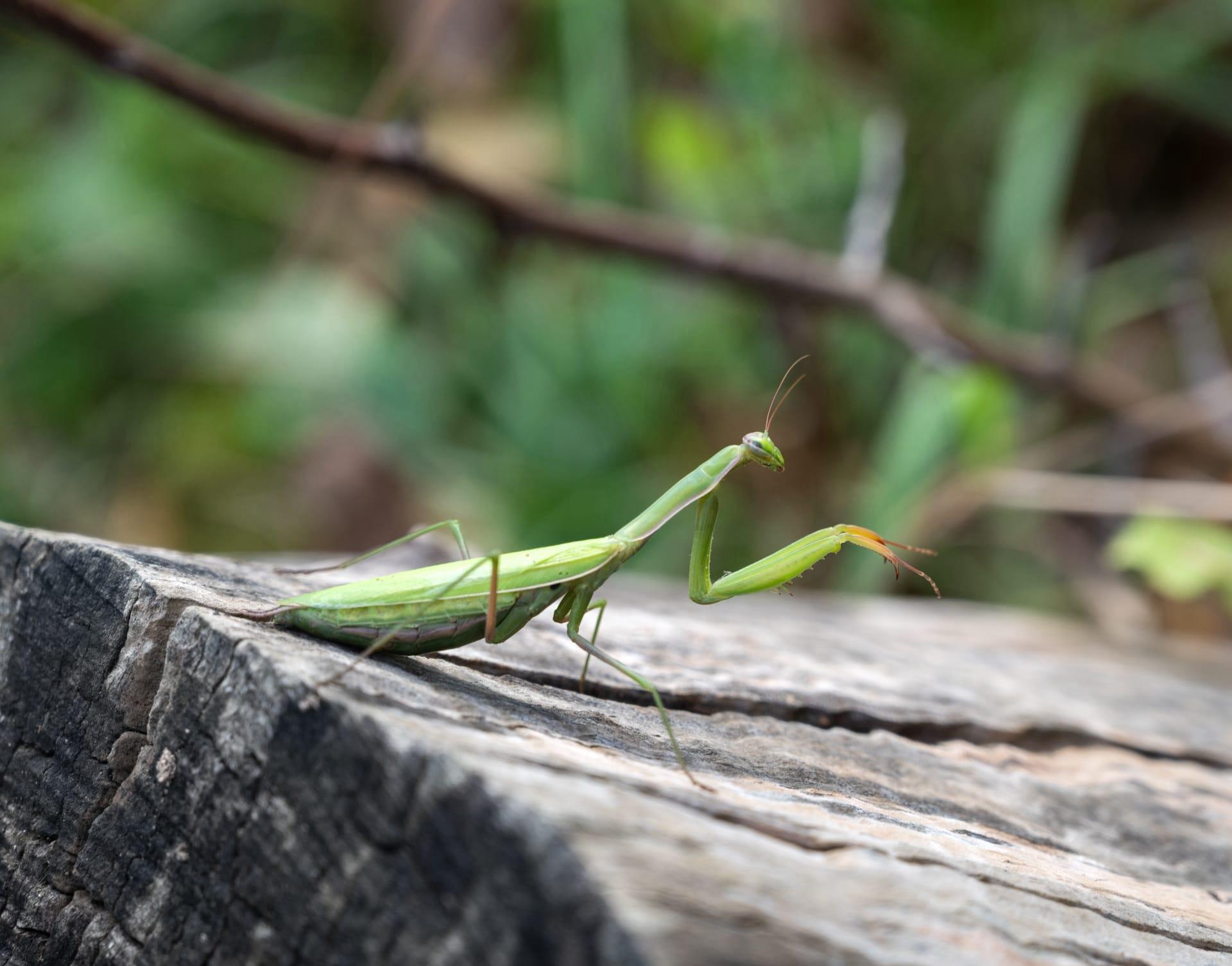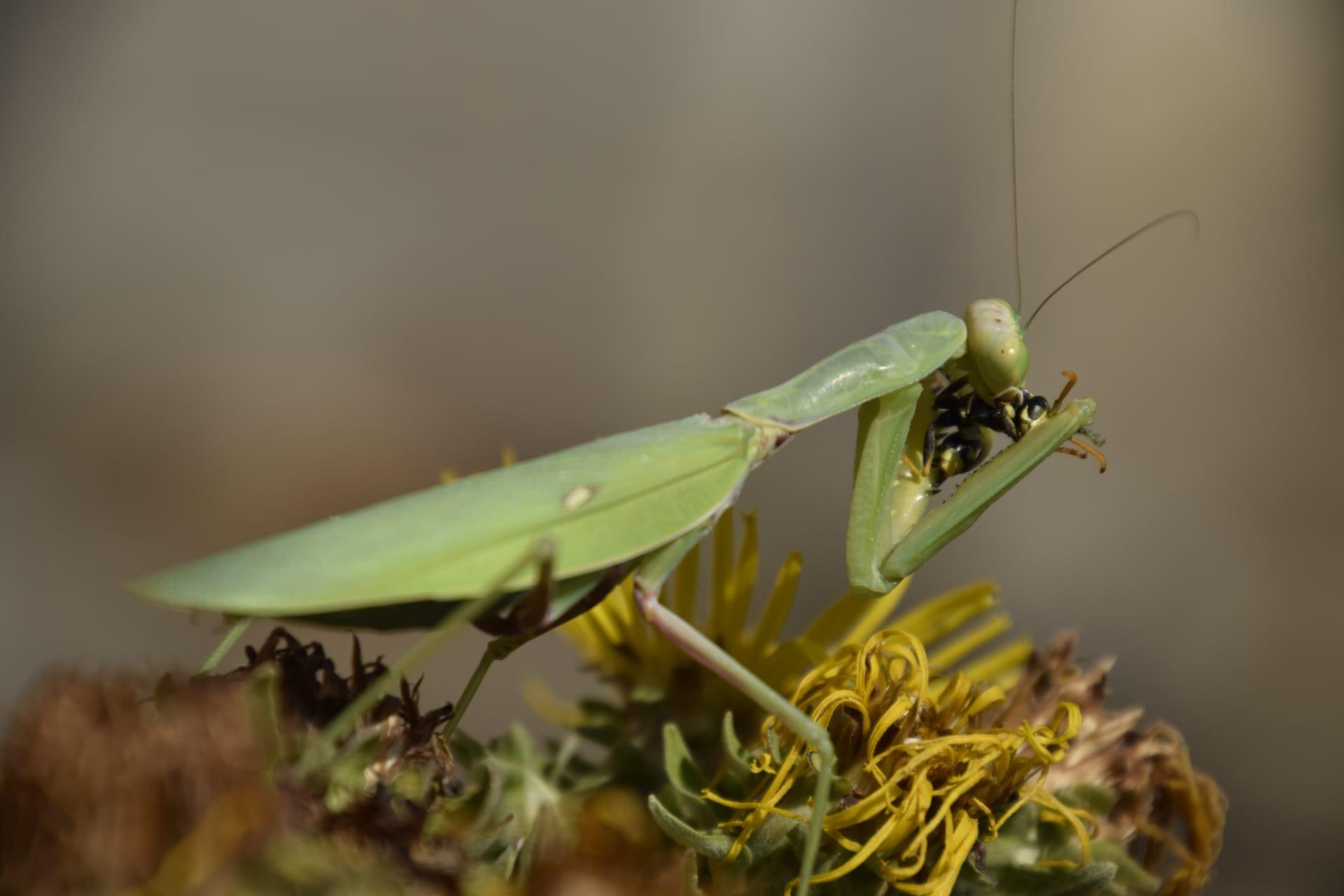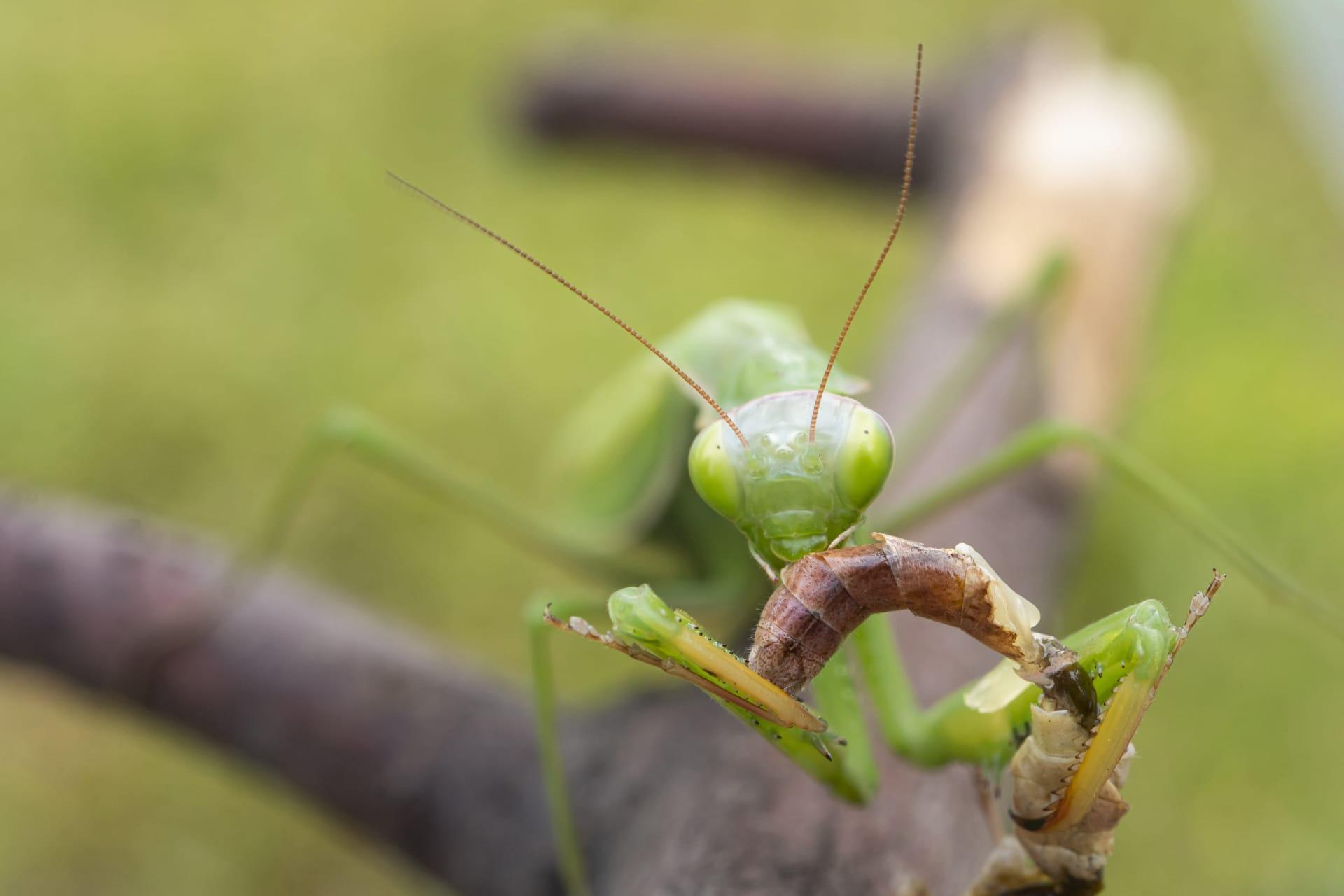1
Did you know that mantids, commonly referred to as praying mantises, have a unique hunting technique? Unlike many other insects, mantids are ambush predators. They patiently wait, perfectly still, for their prey to come close. What's fascinating is their ability to remain motionless for hours, blending into their surroundings like a leaf or twig. This camouflage is not just about color; their body shape often mimics parts of plants, making them nearly invisible to unsuspecting prey. Once a target is within reach, they strike with lightning speed, using their elongated front legs which can snap shut in about 50 milliseconds – faster than a blink of an eye!
Another captivating fact about mantids is their head movement. They are among the few insects that can turn their heads a full 180 degrees. This extraordinary neck flexibility allows them to have a wide field of vision, vital for both hunting and evading predators. Their two large compound eyes, which seem to glint with intelligence, give them excellent depth perception. Each eye is made up of thousands of tiny lenses, allowing them to spot movement from up to 60 feet away. This ability is crucial in their hunting strategy, enabling them to precisely time their deadly strike.

2
Did you know mantids are masters of mimicry, and some species take this art to the next level? The orchid mantis, for instance, doesn't just blend into its surroundings; it actively lures prey by resembling a beautiful flower. Its pink and white body mimics the petals of an orchid, attracting pollinators like bees and butterflies. Once these insects come close, mistaking the mantis for a nectar source, they become an easy meal. This is one of the rare instances in the animal kingdom where a predator mimics something attractive to its prey, rather than just blending into the background.
Another interesting aspect of mantids is their mating behavior, which often includes sexual cannibalism. This might sound gruesome, but it's a fascinating survival strategy. During or after mating, the female sometimes eats the male. This act provides her with crucial nutrients needed for egg production. It's a risky business for the males, but the payoff is the continuation of their genes. Surprisingly, studies have shown that males are aware of this risk and can be more cautious around larger females or when they sense danger, indicating a remarkable level of adaptive behavior for an insect.

3
Mantids also have a unique way of defending themselves. When threatened, some species adopt a posture known as the "deimatic display." They stand tall, spread their forelegs, and fan out their wings, revealing bold, eye-like patterns. This display can startle predators, giving the mantis a chance to escape. It's a bluff, but an effective one. Predators often hesitate, confused or scared by the sudden change in appearance, which looks larger and more threatening.
What's also interesting is the way mantids hear. Unlike most insects that have ears on their heads, mantids have a single ear located on the underside of their thorax, between their legs. This ear is particularly sensitive to ultrasound, the high-frequency sounds produced by echolocating bats, one of their main predators. When they detect these sounds, mantids can perform evasive maneuvers in mid-air, like spiraling dives, to avoid being caught. This adaptation shows how finely tuned their survival instincts are.

4
Let's talk about mantid eyes. Apart from their large compound eyes, mantids have three smaller eyes located in the middle of their forehead. These are called simple eyes or ocelli, and their function is quite different from the compound eyes. They don't form detailed images but are sensitive to light and dark. This helps mantids gauge the overall light intensity in their environment, aiding them in maintaining their circadian rhythm and knowing when to be active or rest.
Another fact to marvel at is the lifespan of mantids. In the insect world, many species have very short lives, but mantids have a relatively longer lifespan. They can live from six months to over a year, depending on the species and environmental conditions. This longer lifespan allows them to mature fully, going through multiple stages of metamorphosis from nymph to adult. During these stages, they shed their exoskeleton multiple times, a process called molting, which is crucial for their growth and development.

5
Have you ever wondered about the diet of mantids? These predators are not picky eaters. They feed on a wide variety of insects, including moths, crickets, grasshoppers, and flies. Some larger species of mantids have even been known to prey on small amphibians, reptiles, and birds. This diverse diet is essential for their survival in various habitats, from tropical rainforests to deserts. Their predatory nature plays a significant role in controlling the population of other insects, making them valuable in maintaining ecological balance.
Mantids are not just fascinating; they are culturally significant too. In many cultures, mantids are symbols of calmness, stillness, and concentration. Their methodical and patient hunting style has been admired and even emulated in martial arts. The "praying" posture, which actually is a hunting stance, has inspired the naming of this insect and is often misinterpreted as a sign of devotion or prayer. This cultural significance, combined with their unique biological features, makes mantids a truly intriguing subject in both the scientific and cultural realms.